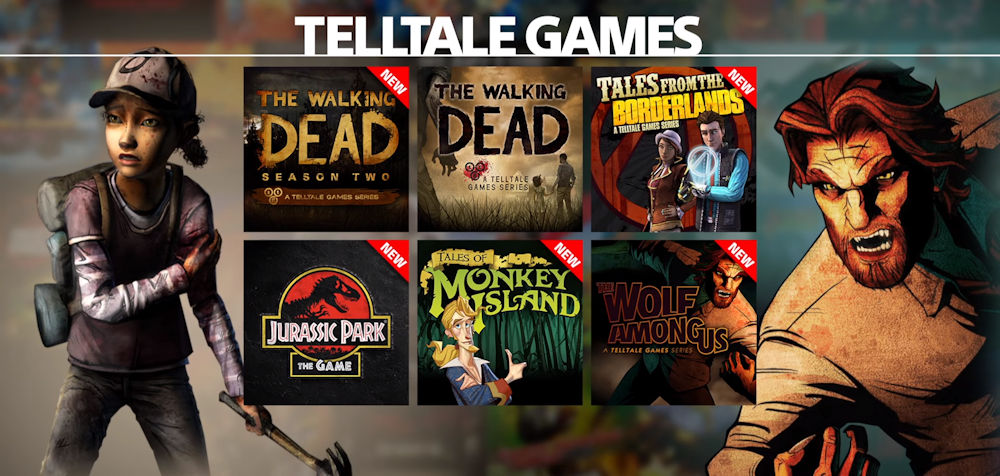Telltale games says the Windows Store offers wider reach than Steam, will port full catalogue there
4 min. read
Published on
Read our disclosure page to find out how can you help MSPoweruser sustain the editorial team Read more

Writing on the Microsoft Blog, Telltale games, who created narrative episodic games such as The Walking Dead, The Wolf Among Us, Game of Thrones, Tales from the Borderlands and, most recently,Minecraft: Story Mode, explained their ease of porting their titles to the Windows Store, and also explained why they chose this new avenue to distribute their wares.
Telltale games has always been cross-platform, and currently supports 14 platforms, including Android, iOS, PlayStation, Xbox, and Steam.
In December 2015 Telltale Games brought Minecraft: Story Mode to the Windows Store by ported their game engine to the Universal Windows Platform (UWP).
The company use the same game engine for all their games, and by porting the engine the game is automatically ported.
“We have a single toolset we use to build content for all those platforms. So we’re kind of always in the state of porting. The studio builds the game with our toolset. And then that same code base cross-compiles to every single platform we’re going to support,” said Zac Litton, Telltale’s VP of Tech.
Zac estimates that it took a couple of developers only about three months to go from an initial build to getting Minecraft: Story Mode shipping on the new platform, and that’s with the added complication of upgrading from DirectX9 to DirectX 11.
“We started with a PC DirectX 9 engine version,” said Benn Herrera, senior software engineers, “and the Xbox One DirectX 11 with Xbox extensions engine and sort of combined these build configurations to create a desktop DirectX 11 version—and then did the UWP version. So that first initial step is one not a lot of developers are going to have, because most of them are going to probably be starting from DX11. So if you skip that part, the transition to working with UWP was fairly straightforward.”
With that work done porting the game, the company now plans to bring the rest of its catalogue to the store also.
“Our strategy will be to bring our back catalog over there because that’s the reason we do ports to platforms,” Zac noted. “Minecraft is the first, because obviously it’s a good title for the audience who is using the Windows Store. But yes—we intend to bring everything out this year as soon as we can.”
Telltale games notes that while Steam was their starting place, it lacked the sheer breadth of reach, particularly to casual and first-time gamers, that the Windows Store and UWP could offer. In short, the port to UWP was a tactical move to allow Telltale to find additional ways to get their games in front of a larger audience of players.
Steam has around 125 million active users, but Windows 10 already has more than 300 million active users, with this number set to rapidly increase over the next 2 years to hit Microsoft’s 1 billion target.
Telltale games note that porting to UWP also came with free ARM support, and that they already have a build of their story engine that could be used for Lumia phones running Windows 10 as well as future Windows 10 devices.
“I said, okay, let’s have it generate an ARM build and we got it compiling pretty much on the first try. We didn’t have a UWP ARM device to test it on. But it was promising that once we solved the configuration problem for one architecture, it looked like we were a really big chunk of the way towards having this available for other processors.”
Microsoft notes that by making the choice to bring their game engine to UWP, the team at Telltale Games have opened up many potential paths for their future, one Microsoft obviously hopes other software houses will follow also.









User forum
27 messages